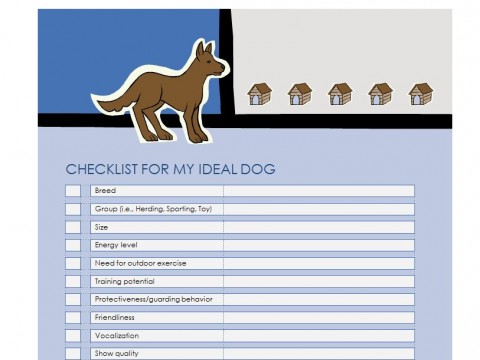
squeakers that can break off and be swallowed).

To make sure your puppy always looks as cute as he did the day you brought him home, make sure you buy grooming supplies that are well-suited to his particular coat.įor shorthaired breeds, use a brush with natural bristles, a rubber currycomb or a hand mitt.įor longhaired breeds, you’ll want a sturdy wide-toothed metal comb, and perhaps a mat splitter. There are a number of styles, materials and lengths to choose from, but a six-foot one should be just right for a dog his age (until he gets bigger, of course). LeashĪ valuable training tool, your puppy’s leash is just the thing he needs for going on walks. Also, he’s growing quickly, so make sure you adjust the collar’s size regularly to make sure it’s fitting correctly. Make sure your puppy wears his collar and an ID tag at all times. It may take a while for your puppy to get used to wearing it, though, so don’t be discouraged if he’s uncomfortable or scratches at it when you first put it on. For comfort’s sake, if you’re buying a collar with a buckle or snap closure, make sure it’s made of lightweight nylon or leather. There are a wide variety of styles available. Your puppy’s collar is important as it gives you a place to hang his ID tag and attach his leash. Start your puppy on the right track with a 100% complete and balanced puppy food. For example, at between six and eight weeks of age, the average puppy requires as much as three times the caloric requirement per pound of body weight as the average adult dog. During this time, your puppy needs special nutrition to promote strong bones and teeth, proper development of body systems and a thick, lustrous coat.Īt certain times during this important period of growth and development, your puppy may require up to twice the daily amount of nutrition consumed by adult dogs. Your puppy’s first year is critical to his development. This will keep him from falling into his water when he tries to take a drink.
BRING HOME PUPPY CHECKLIST UPGRADE
You may want to buy smaller bowls at first and upgrade to larger ones as your puppy grows.

Since some dogs are allergic to plastic, twin stainless steel bowls in a holder are ideal. Also, you’ll need to wash them daily, so make sure they’re easy to clean. Your puppy has lots of energy, so only pick bowls that won’t easily tip over. Here are some of the things you’ll need to make your house feel more like a home for your new friend: Water Bowls


Being prepared means you and your puppy will have more time to get to know each other.


 0 kommentar(er)
0 kommentar(er)
